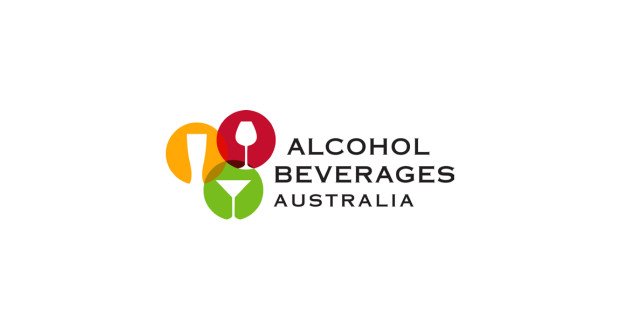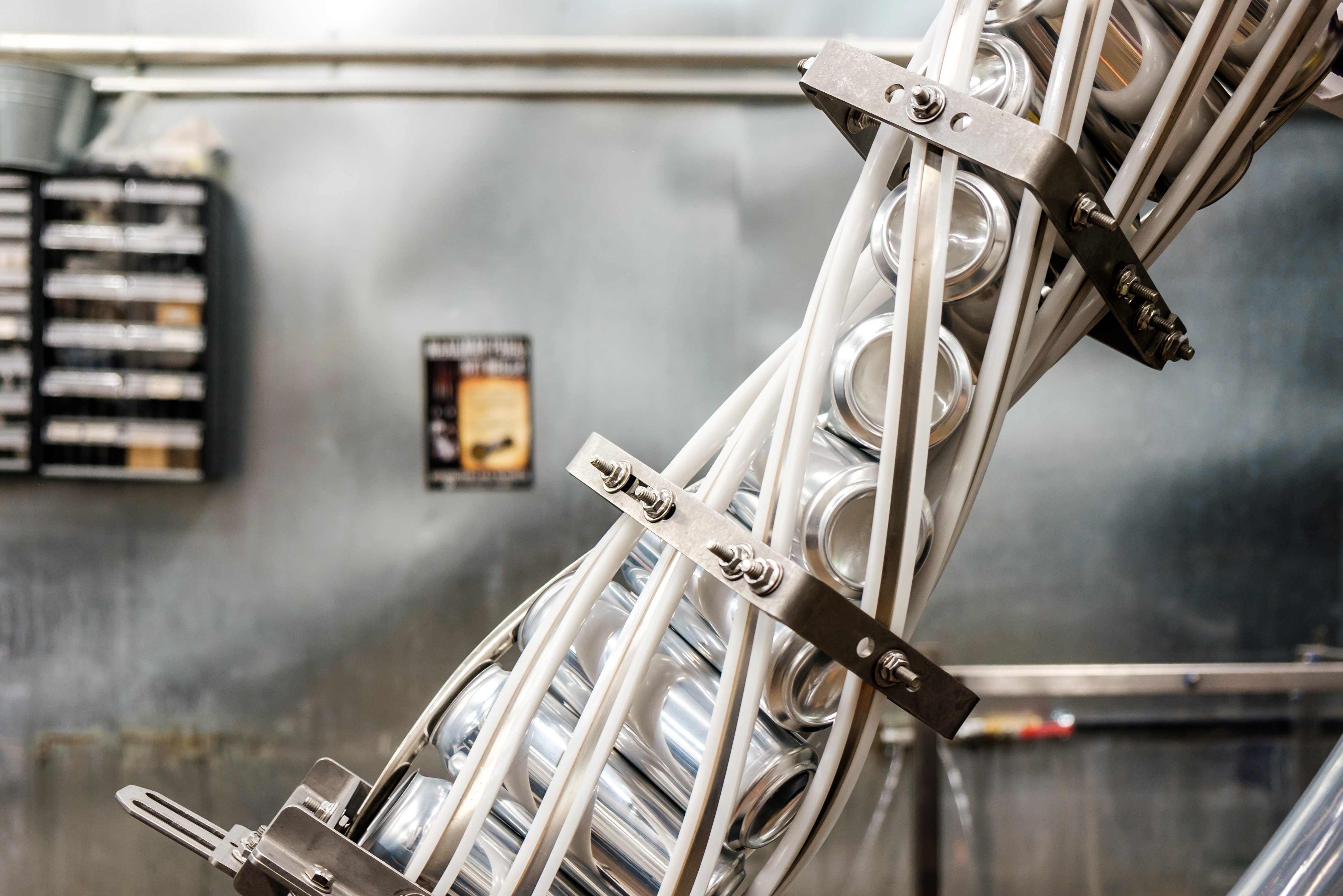Alcohol Beverages Australia (ABA) has responded to the Australian Institute of Health and Welfare's (AIHW) claims that the downward trend in problem drinking is linked to restrictions in alcohol pricing, availability and trading hours.
The AIHW's report found that "Research shows increasing the price of alcohol, restricting trading hours and reducing outlet density can have positive outcomes in reducing consumption and harms related to alcohol use."
While the AIHW’s research has been welcomed, ABA in fact believes it presents “nothing new”, and that the downward trend has been documented for the last fifteen years, long before these restrictions were applied.
In a press release, ABA has stated, “The long term decreases we’re seeing in problem drinking come from targeting at risk groups and teaching people to make better decisions, and Australians deciding to drink in more responsible ways. Lockouts and reduced trading hours have only been around for two years and only in a couple of states.
“These broad based measures punish responsible drinkers instead of those that are causing the problems. Raising drink prices just makes life more difficult for those lower or fixed incomes, like pensioners, who drink responsibly without harming themselves or anyone else.”
Citing the Royal Australasian College of Surgeons, ABA said that whilst alcohol is more affordable than ever, more accessible and more heavily promoted, the decline in underage drinking and risky drinking trends still continues to decrease.
The press release continued, “The alcohol beverages industry has poured millions of dollars into responsible drinking and cultural education via more low alcohol products, responsible consumption marketing, improved and ongoing RSA training and the award winning DrinkWise education campaigns that work to change the ways groups experiencing harms think about alcohol.
“Australians respond much better to being shown what to do than being told what to do. The more resources governments can direct into educational initiatives the more momentum we’ll see in the downward trends for problem drinking.”
Share the content










